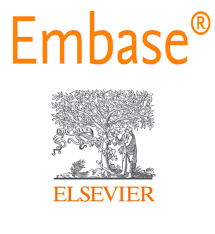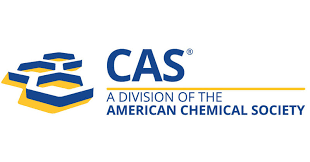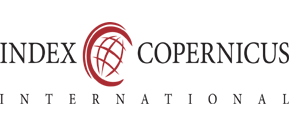ASSESSMENT OF HER-2/NEU PROTEIN EXPRESSION BY IMMUNOHISTOCHEMISTRY IN DIFFERENT TYPES OF SALIVARY GLAND TUMORS
Keywords:
Salivary gland tumors, HER2/neu, immunohistochemistry, pleomorphic adenoma, mucoepidermoid carcinoma.Abstract
Background: Salivary gland neoplasms, though rare, present a diverse spectrum of
benign and malignant tumors with varying clinical behaviors. HER2/neu
overexpression, a known prognostic marker in several cancers, holds potential
therapeutic implications in salivary gland tumors due to histological similarities with
breast carcinomas. This study aimed to classify salivary gland tumors per the 2022
WHO classification and evaluate HER2/neu immunohistochemical expression across
tumor types.
Methods: A cross-sectional study was conducted on 55 histopathologically
confirmed salivary gland tumors at Government Medical College, Patiala, over 18
months. Formalin-fixed, paraffin-embedded tissue sections underwent Hematoxylin
and Eosin staining for morphological assessment and immunohistochemistry for
HER2/neu expression, scored from 0 to 3+, with 2+ and 3+ considered positive. Data
on demographics, clinical presentation, tumor characteristics, and fine needle
aspiration cytology (FNAC) were analyzed, with statistical associations assessed
using chi-square tests and Cohen’s Kappa for FNAC-histopathology agreement.
Results: The cohort (mean age 47.58 years) showed a slight female predominance
(54.55%). The parotid gland was the most common site (89.09%), with pleomorphic
adenoma (PA) predominating (63.64%). Benign tumors comprised 83.64%, and
malignant tumors 16.36%, including mucoepidermoid carcinoma (MEC), adenoid
cystic carcinoma (ACC), and salivary duct carcinoma (SDC). FNAC showed
substantial agreement with histopathology (Kappa=0.626, p<0.0001). HER2/neu
expression was negative (0) in 89.09%, faint (1+) in 7.27% (MEC, carcinoma ex
PA), and moderate (2+) in 3.64% (SDC, ACC), with no strong (3+) expression.
HER2/neu positivity was significantly associated with histodiagnosis (p<0.0001) but
not with tumor size (p=0.524), grade (p=0.143), or site (p=0.189).
Conclusion: This study highlights the predominance of benign salivary gland
tumors, particularly PA, and limited HER2/neu overexpression, primarily in
malignant subtypes like SDC and MEC. The significant association between
HER2/neu and histodiagnosis underscores its prognostic value, though its rarity
limits immediate therapeutic applicability. FNAC’s diagnostic reliability supports its
role in preoperative assessment. These findings advocate for integrated
histopathological and molecular profiling to guide personalized treatment strategies
in salivary gland neoplasms.
.png)









